Options for legislative pathways to achieve the "dual carbon" goal
DOI: 10.23977/erej.2024.080117 | Downloads: 13 | Views: 1359
Author(s)
Mingming Wang 1
Affiliation(s)
1 People's Public Security University of China, Beijing, China
Corresponding Author
Mingming WangABSTRACT
At present, a number of countries and regions around the world have adopted climate change legislation or legislative amendments to provide legal safeguards for the realization of carbon neutrality. Long-term, sustained and deep emissions reduction is an inevitable trend for China's future development, which requires a good top-level design and the establishment of a long-term mechanism to address climate change through the rule of law. At present, China has not yet formulated a special law to deal with climate change, and the realization of the "dual-carbon" goal is not guaranteed by the rule of law. According to the overall process of realizing the goal of "dual-carbon" in China, this paper analyzes the current status of "dual-carbon" legislation in China, and explores the legislative path suitable for China's "dual-carbon" strategy, combining the theory of public trust and the theory of social interest protection.
KEYWORDS
Carbon Peak Carbon Neutral, Models of legislative forms, Legislative content modelCITE THIS PAPER
Mingming Wang, Options for legislative pathways to achieve the "dual carbon" goal. Environment, Resource and Ecology Journal (2024) Vol. 8: 137-143. DOI: http://dx.doi.org/10.23977/erej.2024.080117.
REFERENCES
[1] Liu Changsong. Scientific Connotation, Construction Path and Policy Measures of Carbon Neutrality[J]. Reading River Journal, 2021(3).
[2] Gao, Rin. Legal Analysis of Carbon Tariffs under the Multilateral Trading System[J]. Journal of Nanjing University of Technology (Social Science Edition), 2013, 12 (02): 37-43.
[3] LIU Guowei. China and 57 other countries will reach carbon peak by 2030, and all countries will join hands to move towards carbon neutrality [J]. Environment and Life, 2021(01):8-23.
[4] Natter A .U.S. Needs Carbon Emissions Price To Achieve 2050 Climate Goal, Moniz Says[J].Environment reporter, 2016, 47(19):1383-1383.
[5] WANG Wen, LIU Jintao. China's Policy and Promotion Status in the First Year of Carbon Neutrality--China's Development in the Context of Global Carbon Neutrality (Part I) [J]. Financial Markets Research, 2021, (05): 1-14.
[6] Cai L, Duan J, Lu X, et al. Pathways for electric power industry to achieve carbon emissions peak and carbon neutrality based on LEAP model: A case study of state-owned power generation enterprise in China[J]. Comput. Ind. Eng. 2022, 170:108334. DOI:10.1016/j.cie.2022.108334.
[7] Guo L Z, Mei Z Y, Wei G X. Research on the Peaking Path of Manufacturing Carbon Emission Under System Coupling—Based on the Data of Shandong Province[J]. East China Economic Management, 2019.
[8] Severinsen G .Constructing a Legal Framework for Carbon Capture and Storage in New Zealand: Approaches to Legislative Design[C]//International Conference on Greenhouse Gas Control Technologies. 2015.
[9] Yu Wenxuan, Hu Zehong. Legal Policy Synergy and Legal Response under the Goal of "Dual Carbon" - Based on the Perspective of Legal Policy [J]. China Population-Resources and Environment, 2022, 32(04):57-65.
[10] Joseph L. Sax, The Public Trust Doctrine in Natural Resources Law: Effective Judicial Intervention. 68 Michigan. Law. Review, 1970.
[11] Song Lei. Construction of legal system of carbon trading market in China [D]. Yunnan: Yunnan University of Finance and Economics, 2014. DOI:10.7666/d.D515477.
[12] Pound, Introduction to the Philosophy of Law, translated by Yu Baihua, Commercial Press, 2021, p. 38.
[13] Mark, Watson. Opinions diverge on possibility for carbon tax to gain traction in Trump administration [J].Inside Ferc, 2017.
[14] Michi L, Carlini E M, Biondi S, et al. European resource adequacy: success and challenges the traditional market design of 1980s not fit for todays markets[C]//2017 AEIT International Annual Conference. 2017. DOI: 10.23919/aeit. 2017.8240498.
[15] Roscoe Pound, translated by Liao Deyu, Jurisprudence (Volume III), Law Press, 2007 edition, p. 13.
[16] Roscoe Pound, translated by Deng Zhenglai. Jurisprudence (Volume I) [M]. China University of Political Science and Law Press, 2004:514.
[17] Chen T, Xiao H .The Strategy for the Development of Low-carbon Animal Husbandry in Taiwan and the Lessons Drawn from It [J].Asian Agricultural Research, 2014(9):4. DOI: CNKI:SUN:AAGR.0.2014-09-012.
[18] Xu Yixiang, Liu Jichen. On the Legal System Construction of Carbon Peak Carbon Neutralization [J]. Journal of China University of Geosciences (Social Science Edition), 2022(3):20-31.
[19] Zhang Zhongmin, Wang Yaqi, Ji Pengfei. Outline of the Rule of Law Response to the "Dual Carbon" Goal: Focusing on Environmental Justice. China Population, Resources and Environment, 2022(4): 44-56.
[20] Zhang Fuli. China's "dual-carbon" war path and legal governance path under international perspective [J]. Henan Social Science, 2022(7):69-78.
[21] Ye Quiping. Jurisprudential Logic of the Legislation on ''Double Carbon ''Targets [J]. Frontier, 2022, (06):41-57.
[22] Zhang Yong. Energy saving and energy efficiency to promote high-quality development [J]. China Economic and Trade Review, 2020(13):4-5.
[23] Miao Litian. The Complete Works of Aristotle: Volume IX [M]. Beijing: Renmin University of China Press, 1994.
[24] Li Zhiqing. Zero-carbon development must balance efficiency and equity [N]. China Social Science Journal, 2021-09-15.
| Downloads: | 5979 |
|---|---|
| Visits: | 448496 |
Sponsors, Associates, and Links
-
International Journal of Geological Resources and Geological Engineering
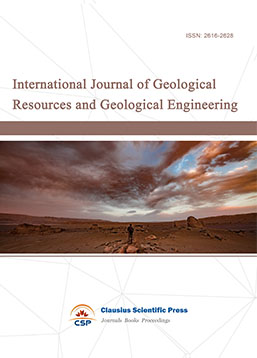
-
Big Geospatial Data and Data Science

-
Solid Earth and Space Physics

-
Environment and Climate Protection
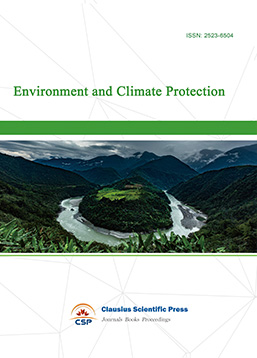
-
Journal of Cartography and Geographic Information Systems

-
Offshore and Polar Engineering

-
Physical and Human Geography
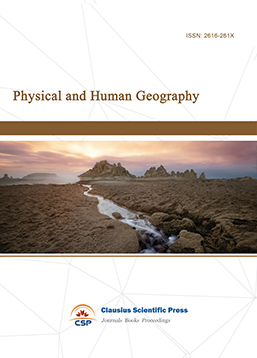
-
Journal of Atmospheric Physics and Atmospheric Environment
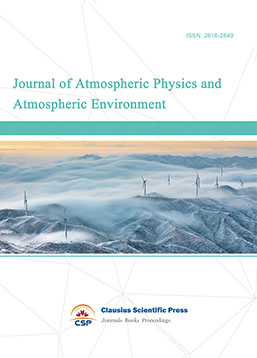
-
Trends in Meteorology

-
Journal of Coastal Engineering Research
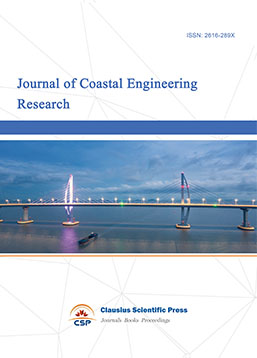
-
Focus on Plant Protection
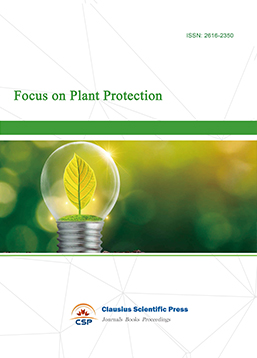
-
Toxicology and Health of Environment
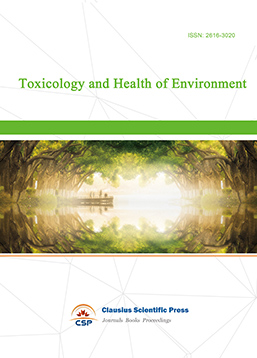
-
Geoscience and Remote Sensing
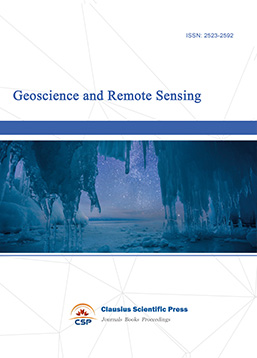
-
Advances in Physical Oceanography

-
Biology, Chemistry, and Geology in Marine
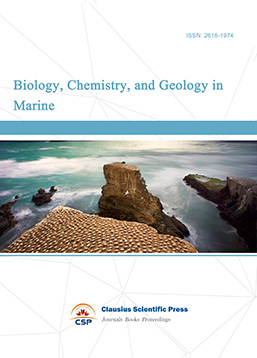
-
Water-Soil, Biological Environment and Energy

-
Geodesy and Geophysics

-
Journal of Structural and Quaternary Geology
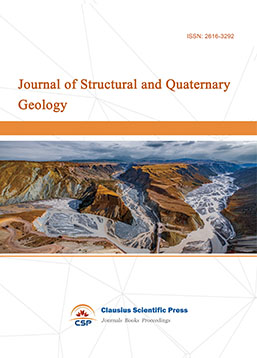
-
Journal of Sedimentary Geology

-
International Journal of Polar Social Research and Review


 Download as PDF
Download as PDF